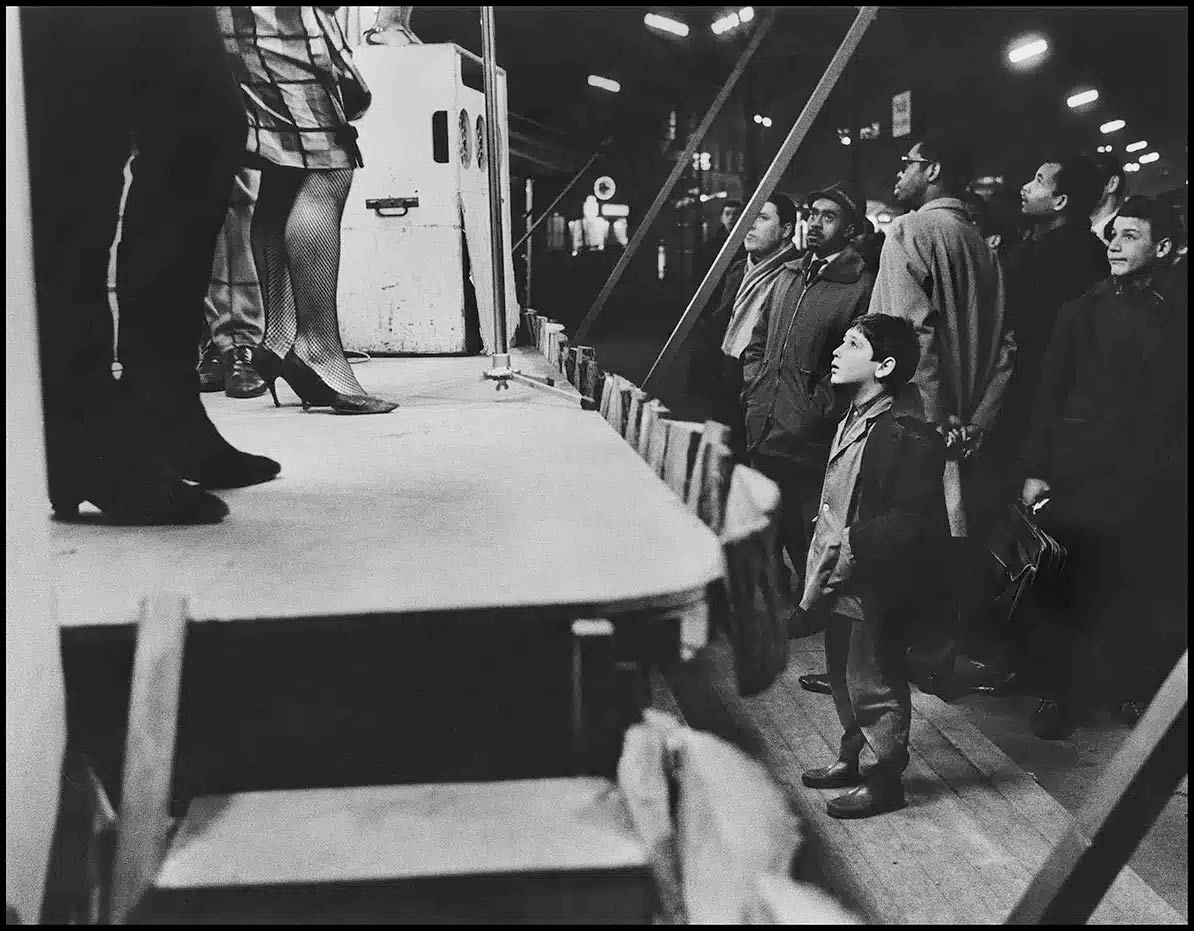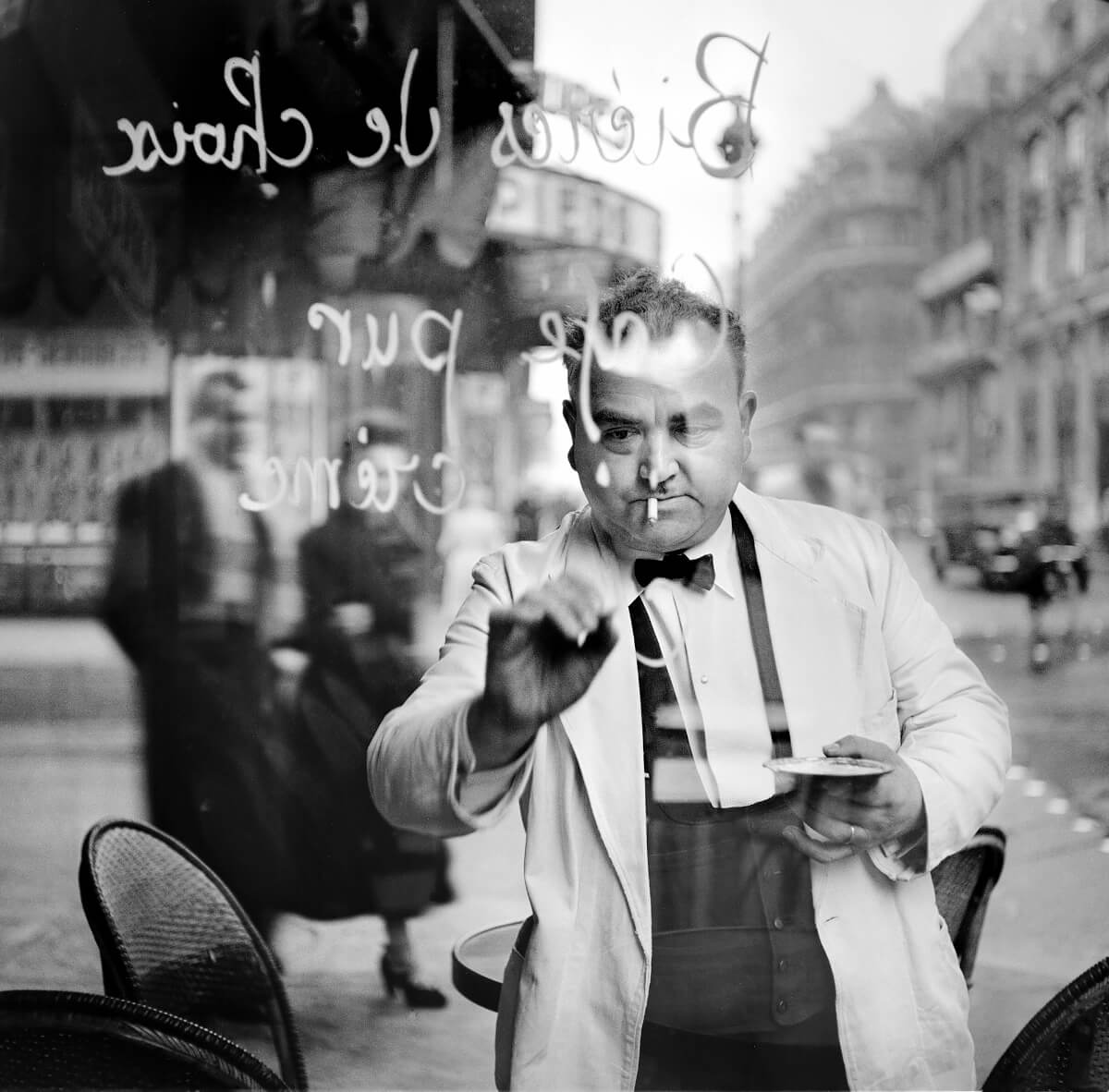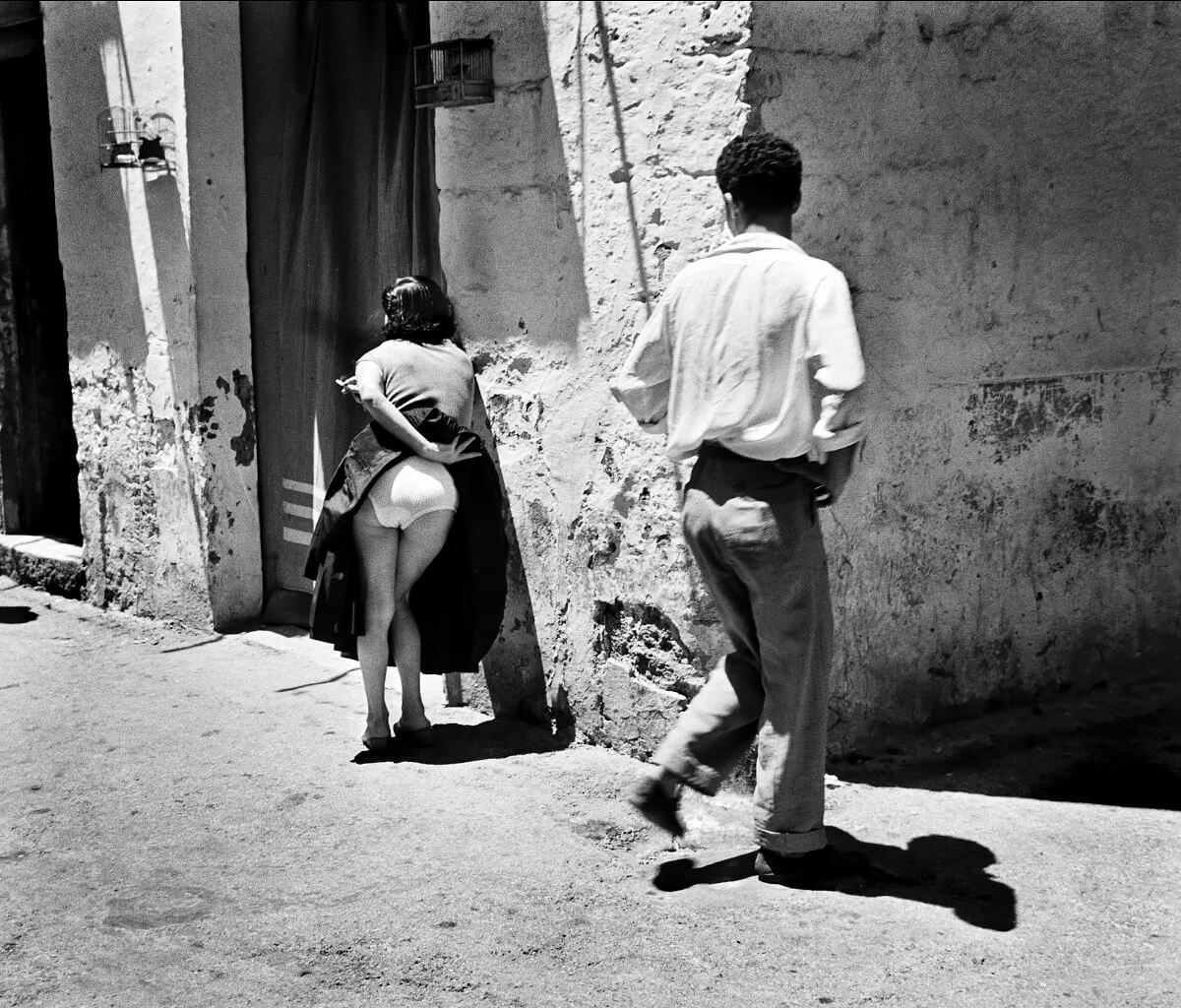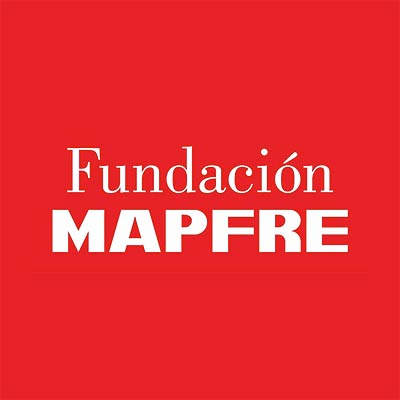According to his own account,
Christer Strömholm (Stockholm, 1918-2002) was
a boy with excessively combed hair, dressed in a sailor suit and trapped in a
bourgeois milieu. His adolescence was a difficult one and a tragic event that
took place when he was sixteen - his father’s suicide - marked his life forever.
Having turned seventeen, Strömholm began to travel the world, embarked on
his artistic training in Dresden and attended various painting academies in Paris
and Stockholm. In 1938 he encountered Civil War Spain and on the outbreak of
World War II he enlisted on the Finnish side in order to fight against Russia in the
Winter War. Strömholm moved to Norway in 1940 with a number of the Finnish
volunteers who joined forces to combat the Nazi occupation. Ultimately, the
experience of three wars would profoundly influence the artist and his vision of
life.
After World War II ended Strömholm returned to Paris where he entered the
Académie des Beaux-Arts. There he began to experiment with the graphic
arts and to explore the potential of a large-format camera. It was at this point
that realised that the photographic image allowed him to express himself in a
manner that reflected his intentions.
During the 1950s Strömholm travelled intensively. His work saw a notable
evolution during his trips to cities such as Hiroshima, Tokyo, Calcutta, Nairobi,
Los Angeles and New York, where he took some of his most iconic photographs.
In 1958 Strömholm purchased a dilapidated house in the remote village of Fox-
Amphoux in Provence. The fact that it was isolated and difficult to reach made
it a haven of peace which allowed him to work for long periods without any
awareness of time.
For Strömholm, who liked to equate photography with painting and sculpture,
traditional teaching of the medium excessively emphasised its technical aspects
and a photographer’s training should primarily focus on the analysis of images.
He maintained that it was the photographer’s obligation to centre on personal
commitment, the subjective and the human. Among the first participants in
the debate on photography teaching in Sweden, from 1962 to 1972 he was
director of Fotoskolan, the photography school in Stockholm, where more
than 1,200 students trained, including some of Scandinavia’s most important
photographers.
In 1986 the exhibition 9 sekunder av mitt liv [Nine seconds of my life], held at
the Moderna Museet in Stockholm, definitively established the sixty-eight-year-
old Strömholm’s reputation among the Swedish public. The reason that this
recognition came so late was largely the fact that the subjective and existentialist
documentary photography which he championed had been under-appreciated
in the preceding decades. Eleven years after the exhibition he received the
Hasselblad prize.
Christer Strömholm repeatedly insisted on the impossibility of photographing
non-lived experiences: photography had to be based on one’s own, and the
photographer must be present with all his or her senses. In many ways his
images revisit his own past. For Strömholm, each image was another self-
portrait.
Estelle af Malmborg - Curator of the exhibition

Petit CHR, Pigalle, Paris, 1955 © Christer Strömholm / Christer Strömholm Estate
Around 1950 Christer Strömholm met Otto Steinert, who had attended one of
his exhibitions by chance. Steinert, who taught photography at the School of
Arts and Crafts in Sarrebruck, had founded the Fotoform collective the previous
year.
Fotoform’s members centred their interest on formal experimentation and the
expressive potential of the photographic language, creating a method they
termed “subjective photography”. They considered themselves a single entity
and never sent a photograph to an exhibition without the approval of the entire
group.
Strömholm participated in Fotoform’s collective exhibitions in Europe and the
USA under the name of Christer Christian. Contact with the other members
allowed him to discover facets of photography he had not previously explored.
Heinz Hajek-Halke’s way of combining negatives to unite two different realities -
double exposure - and Peter Keetman’s experimental images, which “opened up
a pathway to eternity”, were crucial for Strömholm’s evolution as a photographer.
He also began to explore the pronounced contrasts between black and white
that would come to characterise his work.
Strömholm’s time with Fotoform helped him to clearly establish his goals with
regard to photography as an art form. However, he left the group after a few
years as he considered that formal experimentation could not be an end in
itself.
Poste restante
In 1967 Strömholm published the book Poste restante. As the title indicates,
its subject is his peripatetic lifestyle and it recounts his trips to Spain, Japan,
France, Germany, the USA and India from the late 1940s to 1967. Now considered
one of the most important post-war photographic books, Poste restante can be
seen as a reflection on the human condition.
In the mid-1950s Strömholm began to focus on the theme of death. The resulting
photographs, many of them compiled in Poste restante, occupied a central place
in his work and became a way of processing his difficult childhood memories as
well as his war experiences. According to the artist they were in many respects
associated with his father’s suicide.
As is so often the case in his work, these images and their interaction are
based on a contrast of opposites. Strömholm liked to create images within
the image and he tirelessly sought out messages in urban spaces and the
landscape, attracted to everything that was not what it seemed. His interest in
the existential nature of things allowed him to transport the viewer to a different
and at times shocking reality. Strömholm composed what might be termed still
lifes of a simultaneously poetic and concrete type which reflect a very personal
vision of life.

Rue de Rivoli, Paris 1949 © Christer Strömholm / Christer Strömholm Estate
In the late 1950s Strömholm made friends, sometimes for life, with the transsexuals
in the area of the Place Blanche near the Pigalle quarter. They worked in the
local cabarets and were also forced into prostitution due to the impossibility
of finding any other employment, in part because their male names on their
identity cards did not coincide with their appearance. Many of them were saving
money to pay for hormone treatment and for expensive sex-change operations.
Strömholm moved into a hotel where a number of them were lodging and
embarked on portraying their lives in the context of an often hostile and critical
environment; a life, almost always nocturnal, which he shared with them. He
spent his afternoons in the local brasseries with his Leica camera. Everyone
knew his profession, he never took concealed photographs and he used the
existing light, preferably from neon lighting.
“
Les Amies de Place Blanche”, which provided the title for the book published
in 1983, defended these individuals’ right to be themselves and Strömholm’s
portraits speak to us of freedom and the power to determine one’s own identity.
As in the rest of his output, universal existential issues take centre stage in this
project.
PARIS AND ITS ARTISTS
Paris in the 1940s was home to the leading artists of the day. It was also
the capital of photography and the city itself was a favourite motif for many.
Strömholm’s numerous images of Paris reflect an affinity with this theme but
avoid any nostalgic or anecdotal focus.
It was here that he met many of the great French photographers, such as
Henri Cartier-Bresson and
Édouard Boubat. One of his principal sources of inspiration
was
Brassaï, with whom he shared an interest in fragments of texts, both
graffiti-type writing on façades and signs, posters and advertising hoardings.
Strömholm often wandered around the city’s numerous second-hand markets,
looking for double messages on pieces of junk and old pots and pans which
chance had imbued with new meanings. In a way comparable to the Surrealists,
he liked to select a specific object, abstract it from its original context and
locate it in a new and radically different one.
In 1949 Strömholm embarked on a series of portraits of artists for various
Brazilian and Swedish magazines, the first of a small number of commercial
projects which he undertook during his lifetime. He realised that he possessed
an ability to penetrate the inner psychology of artists, making them lower their
guard, in part because he was familiar with their work.
Strömholm’s portraits of artists are characterised by the powerful presence of
the sitter. The compositions appear to be simple but a closer inspection reveals
the harmony that exists between the subject and the setting, as well as the way
in which the image reflects their artistic activity.
SPAIN
The arrival of the twenty-year-old Christer Strömholm in Spain in 1938 marked
the awakening of his political consciousness. In France he had met various
Swedish volunteers who fought on the Republican side and through them he
accepted the mission of courier.
Life in Spain appealed to Strömholm and he returned in the late 1950s as a
tourist guide for coach trips from Sweden. His extensive knowledge of art
history proved useful to him, along with his familiarity with Spanish nightlife,
which he introduced to these tourists. The job gave him the opportunity to
photograph different aspects of urban life, including prostitutes, Civil Guards,
American marines, priests and above all, numerous children.
Strömholm came to Spain in 1962 and 1963 with the poet and writer Lasse
Söderberg. In the book Resa i svartvitt [Journey in black and white], published
many years later, they recounted how they experienced the social reality of
Spain under the Francoist regime.
The photographs from that trip present an image of poverty, capturing the
atmosphere of regions where progress seemed to have come to a halt. Some
of Strömholm’s most iconic images of children were taken during these travels
around Spain. In them, the children display a striking integrity and despite the
often humble settings are not in any way shown as victims.

Puta, Palma de Mallorca 1959 © Christer Strömholm / Christer Strömholm Estate




